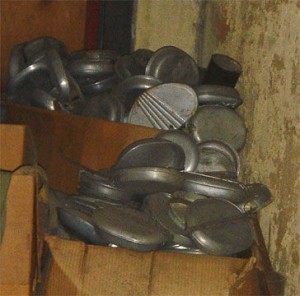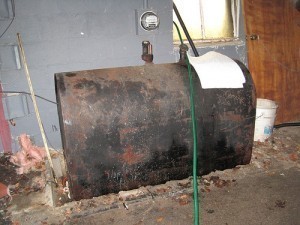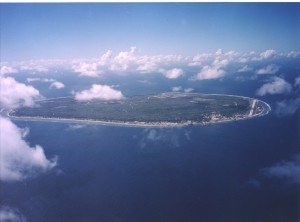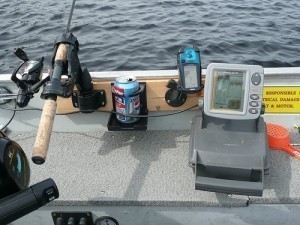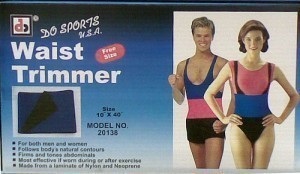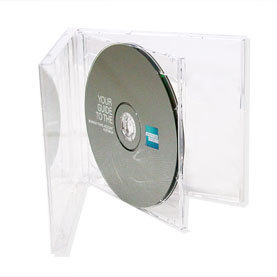Fishing Line Diameter Chart
The fishing line size usually goes from size 1 up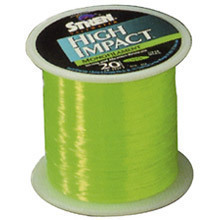 to 13. 1 is the lightest and 13 is the heaviest. The weight of the fishing line is designed for specific rod types. In many cases, the dimensions and weight of the fishing line is more vital in fly fishing than other forms of fishing. In addition, there are other things you need to consider.
to 13. 1 is the lightest and 13 is the heaviest. The weight of the fishing line is designed for specific rod types. In many cases, the dimensions and weight of the fishing line is more vital in fly fishing than other forms of fishing. In addition, there are other things you need to consider.
Assess the Taper
All fishing lines have tapers. The most widely used are the double taper and the weight forward. The weight forward is shaped so that the front line is bigger than the rest of the of the line’s diameter.
This feature makes casting easier. Other fishing line sizes make use of a double taper line. The double taper line’s bigger diameter is set in the central line. This is designed for a more delicate use.
The Line Weight
Before you use the fishing line, you must determine the recommended fly fishing line weight. This will be set on the rod handle. Begin by practicing using the line weight suggested. When you are used to it, use the line weights numbered higher and lower than the recommended weight.
Another thing you have to consider is the space involved. If there is limited space, choose a line size / weight that is heavy. This will let you load the rod with a lesser amount of line.
How to Choose the Correct Fishing Line Size
As a rule, the fishing lines with small diameters allow you to make longer casts. The reason is that thicker and longer lines don’t allow the terminal tackle weight to pull the line through the rod guides. For this reason, the small diameter line is used for long casting.
A bigger fishing line will be needed if you are going after heavy fish. The larger fishing line is needed if you are fishing in cover. A line with a small diameter is needed if the fish are skittish.
Materials
The type of fishing line material you use is also important. The most widely used are the braided superlines and the monofilament lines. The monofilament lines come with lower strength to diameter ratio.
They are also easier to stretch than the superlines. You should also consider if less visible lines are needed. For example, fish in clear water might become suspicious if they see the line. In this situation, a less conspicuous fishing line is needed.
Shooting Head
The shooting head line taper is made up of a short portion of the larger diameter line hooked to the running line smaller diameter. This line taper is ideal when casting distance is crucial.
When it is cast, the shooting head will drag the smaller diameter by the rod guides. Note that a fly rod can only handle a fishing line a weight or two heavier, but don’t go beyond that.
Choosing the right fishing line size can be difficult, but only at first. By using this guide or a fishing line diameter chart, you will be able to fish more effectively.
